Valentine's Day is here! In this day of universal celebrations, there are already objects that are planning how to abuse dogs, while single dogs are trying to avoid being forced to fill dog food, and they are all trying their best to rack their brains. No, how to express high posture in this special festival is also a technical activity. Maybe you need a male partner or a female companion who will take pictures.

"What?! Do you have a girlfriend? When did you get involved, it took a few months, and did you have any relationship?"
The masses of people who eat melons are always coming one after another, and one wave of unrest has risen and another wave has risen. It’s always difficult to find a lot of money. However, the truth of the truth is always painful.
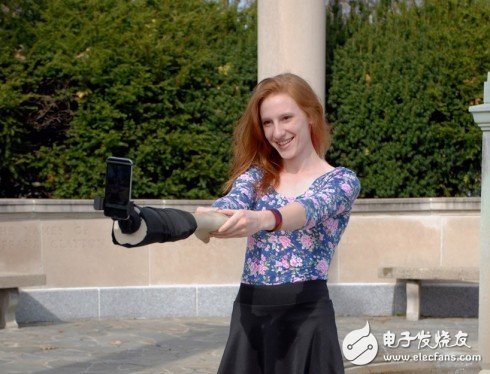
Illustration: There is always a pair of hands that will always hold you, responsible for helping you take a beautiful photo, accompanying you through thousands of miles.
Haha! I made a joke, and now I wish everyone a happy holiday! Happy ValenTIne's Day! The harvest of flowers, the chocolate to eat chocolate, the movie watching movies, happy is the most important!
The picture below is the workbench that goes to work when you are in peace. The numerous technical boutiques, aesthetic appreciation, and group activities in the electronics industry are all produced in this small space, hahaha.
Xiao Bian also received the flowers today, posing for you to solve the problem.

As a single dog, or today you have a solution, just need a device to open your mobile app, since the outside world has nothing to do with me.

The problem is too far away, I am very sorry! The main components of today's mainstream immersive VR devices are roughly four parts. Chips and sensors, display systems, optical lens and housing components, optical positioning and position tracking. Xiaobian today will tell you about VR positioning technology.
At present, in the field of VR, the main position tracking and positioning technologies can be roughly divided into four types: infrared laser positioning, infrared optical positioning, laser positioning and visible light positioning. These four technical solutions have their own characteristics because of the production cost, the advantages and disadvantages of the technology, and the different effects. The following is a brief explanation for you.
1. The Lighthouse laser tracking system jointly developed by HTC and Valve
Vavle is a Washington-based company specializing in video game development. It is also a strong content producer and platform service provider. In the market where competition in the game industry is increasing year by year, Vavle has reached a consensus with HTC at the right time. Vavle launches its own core positioning technology. Lighthouse (commonly known as: Lighthouse), while HTC is responsible for the design of the Vive head display product.
Value entered the virtual reality space and developed the exclusive SteamVR system. It is reported that the most distinctive feature of this system is the Room-Scale system, which allows users to wear virtual reality helmets to move freely within 15x15 space and position them through the “Lighthouse†laser tracking system.
The principle of the Lighthouse Laser Tracking System is very simple. It uses the extremely invisible non-visible light in the room to detect the position and motion changes of the player wearing the VR device indoors and simulate it in the virtual reality 3D space. Relatively accurate positioning can be achieved by two relatively low cost detection boxes. There are more than 70 photosensors on the Vive head display and handle. The exact position of the sensor position relative to the laser emitter is calculated by calculating the time of receiving the laser. The position and direction of the head can be detected by a plurality of photosensors.
There is no camera installed inside the detection box, only some fixed LED lights, and a pair of very fast laser transmitters are configured. When the device is working, it can be strobed at 60 times per second, and it can be fired in a flash. The entire room.
After the laser is emitted, the stroboscopic light and laser beam emitted by the laser emitter can be detected by matching the helmet of the VR device or the light sensor on the VR handle. Interestingly, every strobe, the VR helmet automatically calculates the number, like a timer, until a light sensor detects the laser beam; then uses the position of the light sensor and the time the laser arrives, using the algorithm to calculate the helmet Relative to the location of the base station.
In addition, if multiple light sensors detect a laser at the same time, a "pose" will be formed, which not only marks the position of the helmet, but also simulates the 3D image of its direction of motion.
It is said that today Valve has open sourced Lighthouse tracking technology and declared that "the use of technology licensees only need to pay $ 2,975 for the designated official training, and then no need to pay any other copyright fees, you can use Valve exclusive Lighthouse technology unconditionally." Does it mean that third-party developers can use Lighthouse technology to independently develop virtual reality-related traceable devices, gamepads, joysticks, and other VR head-display peripherals?

Lighthouse laser detection box internal structure diagram
Second, the active infrared laser positioning used by the Oculus Rift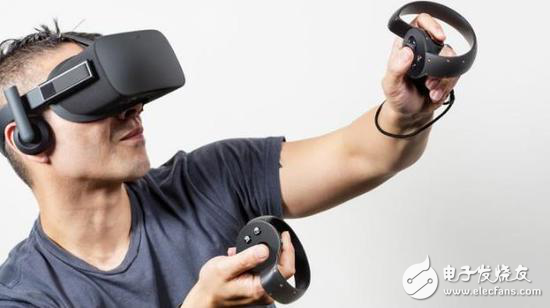
Anyone familiar with the Oculus Rift may know that there are hidden infrared lights (points) on the Oculus Rift device that emit infrared light and capture it in real time with two infrared cameras. The so-called infrared camera is to install an infrared light filter outside the camera, so that the camera can only capture the headlight and the Oculus touch infrared light, thereby filtering out the visible light signal of the head display and the environment around the handle, and improving the image acquisition. The noise ratio increases the robustness of the system.
After obtaining the infrared image, the images acquired by the two cameras from different angles are transmitted to the computing unit, and the useless information is filtered by the visual algorithm to obtain the position of the infrared light.
Then use the PnP algorithm, that is, using the position information of the four non-coplanar infrared lamps on the device and the image information obtained at four points, the device can be finally incorporated into the camera coordinate system, and the three-dimensional model of the device is fitted. To monitor the player's head and hand movements in real time. It should be noted here that if you want to know the location information of different infrared lamps on the device, you must be able to distinguish different infrared lamps. The specific scheme is as follows:
It tells the camera its own ID by the blinking frequency of the infrared light. By controlling the shutter frequency of the camera and the flashing frequency of each LED, it is possible to control the size pattern of the image formed by each infrared light on the picture, and then determine the LED by the size variation law of each point in the image of 10 consecutive frames in the image of 10 frames. The ID number corresponding to the light ball, according to the ID number, can know the position information of the infrared light on the device.

In addition, the Oculus Rift is equipped with a nine-axis sensor that uses a nine-axis sensor to calculate the spatial position of the device when occlusion or blurring occurs in infrared optical positioning. Since the nine axes will have obvious zero offset and drift, the infrared optical positioning system can use the positioning information obtained by the infrared optical positioning system to calibrate the information obtained by the nine axes, so that the infrared optical positioning and the nine axes complement each other.
Oculus Rift active infrared optics + nine-axis positioning system with high precision and strong anti-blocking. Since the camera used has a high shooting rate, and since such a system can always obtain the absolute position coordinates of the marker point in the current space, there is no cumulative error.
However, due to the limited viewing angle of the camera, the limited range of the product can limit the scope of the user to a large extent, so the Oculus Rift cannot be used to play virtual reality games that require a wide range of activities such as walking. Therefore, although the Oculus Rift can support multiple targets simultaneously, the target should not be too much, generally no more than two.
Third, Sony PlayStaTIon VR active optical positioning technology
The Sony PlayStaTIon VR device uses a somatosensory camera + PS MOVE illuminating sphere to position the person's head and its position in three dimensions. The PS Camera camera and the PS MOVE handle must be used together. PS Camera can recognize 4 MOVE-dedicated controllers in front of the TV at the same time, so it can support up to 4 simultaneous games.
The PlayStaTIon VR head display and PS MOVE handles are equipped with a luminous sphere, and each handle and head display is equipped with a light source. LED light balls can emit light by themselves, and different light balls emit different colors, so the position between the light ball and the background and the light ball can be well distinguished.
Sony originally used a single camera on the PlayStation 3 (referred to as PS3, and so on), and calculated the position of the light ball relative to the camera by calculating the radius of the light ball in the picture, and finally determined the position of the handle and the head. However, the positioning accuracy of a single camera is not high, and sometimes the background color of the environment is recognized as a handle, and the illumination is also strongly affected.
So in the PS4, Sony improved a single camera, using a somatosensory camera (ie binocular camera), using the images captured by the two cameras to calculate the spatial three-dimensional coordinates of the light ball. The specific principle: In theory, for a point in three-dimensional space, as long as this point can be seen by two cameras at the same time, according to the image and corresponding parameters taken by the two cameras at the same time, the point can be determined at this moment. The location information in 3D space, as shown below:

Sony PlayStation somatosensory binocular camera imaging 3D map
In determining the three-dimensional coordinates, namely x, y, and z degrees of freedom, the PS series uses nine axes to calculate the other three degrees of freedom, and the degree of freedom of rotation. Thereby six spatial degrees of freedom are obtained to determine the spatial position and attitude of the handle.
In addition, the PS can support multiple targets to be simultaneously positioned and differentiated by different colors. However, the defect of PS is also obvious. For example, when PS VR users occlude each other, PS positioning will be affected; binocular camera uses a small effective range, so it is only suitable for sitting in front of a PC; similarly, Because PS VR uses visible light positioning technology, it is easy to be affected by the external environment, background color, etc. These are the primary issues that need to be solved in PS VR.
If you are desperately looking for a safe, portable power charger for different brands laptop, spare or for travel with multiple devices, this is the one for you--universal Laptop Charger.
Yidashun offer manual and automatic universal laptop Adapter. Universal power adapter have 40W 70W 80W 90W 100W 120W 150W with home and car use. Usually one charger with 8 standard interchangeable dc tips makes it compatible with most brands of different laptops, of course you can also add extra more tips as you want.
For manual universal ac adapter, you need to set the switch to right voltage and plug in right dc tip for your laptop, or it won`t charge well. But for automatic universal power supply, only if you plug into right dc tip according to your laptop, it charges your laptop very well right now, no need you to set the voltage, it is much easier for you to use.
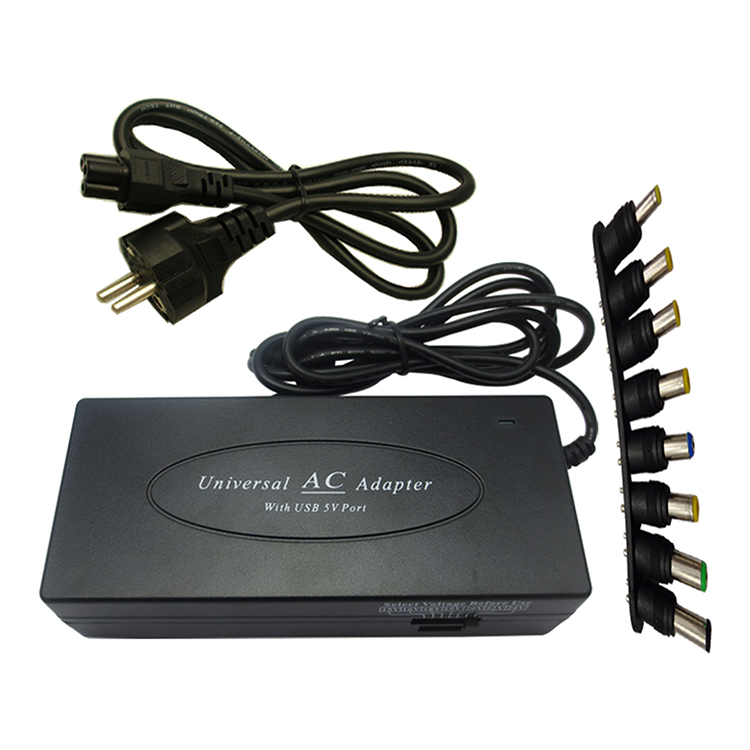
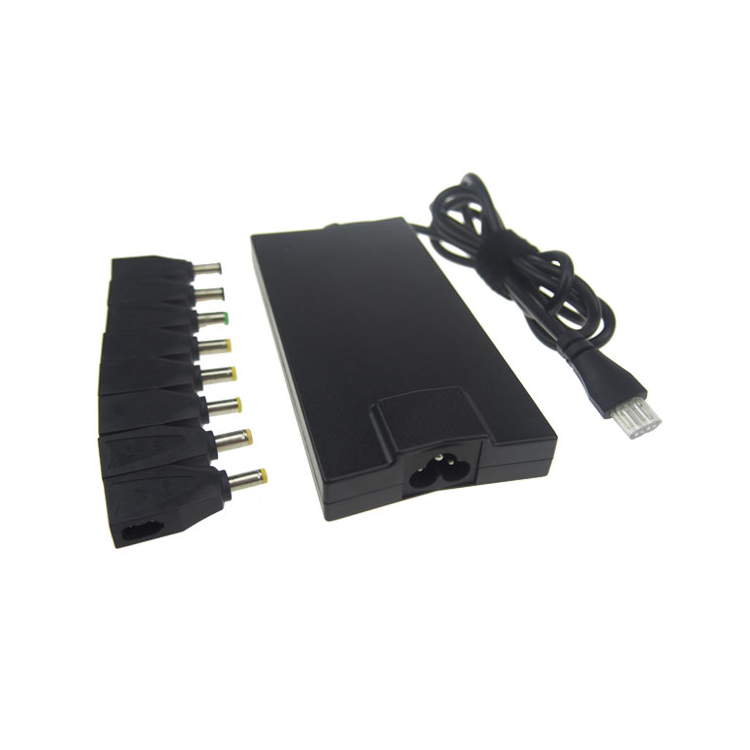
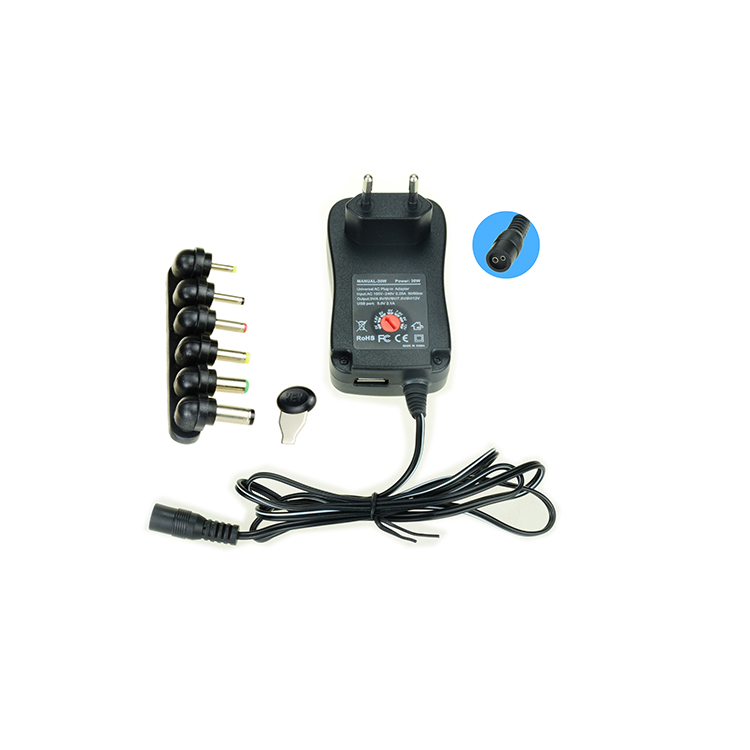
Universal Laptop Charger,Universal Computer Charger,Universal Laptop Adapter,Universal Wall Plug Adapter
Shenzhen Yidashun Technology Co., Ltd. , https://www.ydsadapter.com